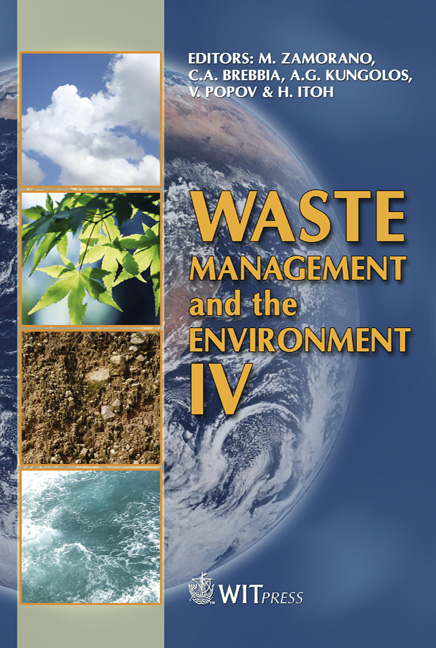Fate Of Nitrosodimethylamine (NDMA)
Price
Free (open access)
Transaction
Volume
109
Pages
10
Page Range
665 - 674
Published
2008
Size
360 kb
Paper DOI
10.2495/WM080681
Copyright
WIT Press
Author(s)
K. Jahan, R. Smith, D. Scrivani, D. Giacobbe, J. McDonough & A. Addu
Abstract
Nitrosodimethylamine (NDMA) is a known animal carcinogen and is noted as a probable human carcinogen by the USEPA with a lifetime risk of contracting cancer of 10-6 at 0.7 ng/L. This contaminant is of rising concern since its production is linked to disinfection processes at water and wastewater treatment plants. The formation of NDMA is also associated with the production of rocket fuel. Therefore, a need to develop an effective treatment process to remove NDMA from water is needed. Batch experiments were conducted to determine the biodegradability and photodegradation of NDMA at varying concentrations. Biodegradation experiments were conducted with a mixed bacterial culture obtained from a wastewater treatment plant. Oxygen uptake and cell growth was monitored with time. Results indicated that NDMA was biodegradable with some inhibition at higher concentrations. Batch photodegradation experiments were carried out in the presence and absence of titanium dioxide (TiO2) a common catalyst used to accelerate photodegradation. The removal of NDMA using photodegradation appears to be a feasible method. Initial removal rates are high. Lower pH and the addition of titanium dioxide accelerated the removal of NDMA. During the degradation of NDMA, by-products such as dimethylamine (DMA), formaldehyde, and nitrate were produced and remained at nearly constant concentrations. Keywords: NDMA, biodegradation, photodegradation, UV radiation. 1 Introduction In recent years, there has been growing concern about the presence of NNitrosodimethylamine (NDMA) in drinking water and soil [1]. NDMA has been
Keywords
NDMA, biodegradation, photodegradation, UV radiation.





